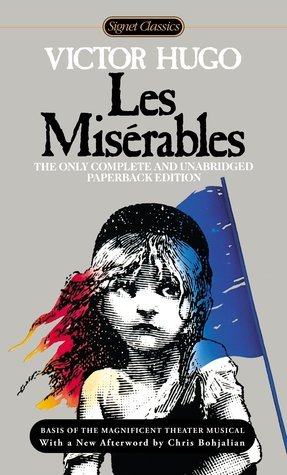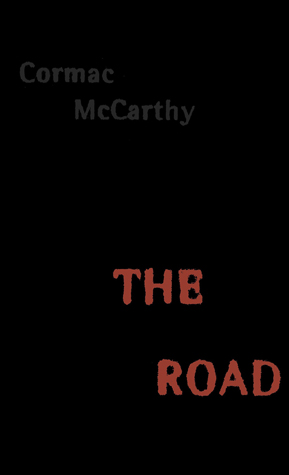
Redeeming the Fallen:
Insights into Crafting Compelling Redemption Arcs
The journey of redemption, from flawed to growth, forgiveness, and transformation, is like no other in captivating the reader. For centuries their power to illuminate the complexities of the human condition, grappling with their past mistakes, and striving for moral renewal have held a timeless allure These arcs offer both solace and inspiration to readers across cultures and generations.
Who doesn’t love the wicked evil Severus Snape who (spoiler) turns out to be not so wicked, but just a man in love? His flaw was revealed to be driven by a deeper, more altruistic purpose than initially perceived. Snape starts as a seemingly antagonistic character but is revealed to have a complex backstory and ultimately redeems himself through his actions.
“Dark times lie ahead of us, and there will be a time when we must choose between what is easy and what is right.” – Severus Snape, Harry Potter and the Goblet of Fire by J.K. Rowling.
Some additional characters that have revealed similar redemption:
Jean Valjean from Les Misérables by Victor Hugo begins as a convicted criminal but seeks redemption through acts of kindness and sacrifice, ultimately finding redemption through his love for others.
Jamie Lannister the man we love to hate, initially, from A Song of Ice and Fire series by George R.R. Martin: He is portrayed as morally flawed and undergoes significant character development and redemption as he fights with his past actions and strives to become a better person.
So, what is a redemption arc?
A redemption arc refers to the narrative journey of a character who starts morally flawed, misguided, or even villainous, but transforms into becoming a better, more virtuous individual. Throughout the arc, the character typically faces challenges, confront their past mistakes, and make efforts to atone for their wrongdoings. This often involves acts of selflessness, sacrifice, and personal growth. A redemption arc is characterized by the gradual evolution of the character’s beliefs, values, and behavior, leading to a sense of moral redemption or catharsis for both the character and the audience.
Who can forget that Christmas morning when Ebenezer Scrooge flings open the window shutters? It’s a new day, a new life from his flawed beliefs to his newfound truths. In A Christmas Carol by Charles Dickens, this humbug miserly man transforms from selfish to one who embraces the spirit of Christmas and learns the value of kindness and generosity.
One of my all-time favorite redemption novels is The Count of Monte Cristo by Alexandre Dumas. This novel is quite satisfactory because the protagonist Edmond Dantès gets revenge upon those whom he suffered but is initially consumed by this emotion, ultimately, he finds redemption through forgiveness and mercy as he learns the true cost of his quest for vengeance.
In delving into the study of redemption arcs, we uncover not only the intricate dynamics of character development but also timeless truths about human experience. Through the lens of redemption, we witness characters confront their past mistakes, navigate the complexities of forgiveness and transformation, and ultimately emerge as agents of positive change. As readers, we are invited to reflect on our capacity for growth, resilience, and empathy, finding solace and inspiration in the journeys of flawed heroes who strive for moral renewal. When you find a redemption arc you will know it. The satisfaction is unparalleled. Continue to explore these arcs in literature, and in doing so, you may uncover profound insights into the triumph of the human spirit and the enduring power of redemption to illuminate even the darkest of narratives with hope and possibility.
Three additional redemption novels I could not leave out.
The Secret Life of Bees by Sue Monk Kidd is set in South Carolina in the 1960s, this novel follows Lily Owens, a young girl haunted by the memory of her mother’s death. Through her journey, Lily seeks redemption by confronting her past and discovering the truth about her family’s history.
The Road by Cormac McCarthy is world-built in a post-apocalyptic landscape where an unnamed father and son navigate a desolate landscape filled with danger and despair. As they struggle to survive, the father seeks redemption for past failures and strives to protect his son at all costs.
The Book Thief by Markus Zusak we are in Nazi Germany, where this beautiful novel follows Liesel Meminger, a young girl who discovers the power of words and storytelling during a time of great darkness. Through her experiences, Liesel seeks redemption by finding beauty and humanity amid war and devastation.
I want to give a quick shout-out to PLOTTR software. I’ve found it has really improved my writing game and increased my efficiency tremendously. It is my new favorite writing aid. Use any of my affiliate links below and I might get a small commission. Thanks.
Check out my YouTube channel for PLOTTR videos @jlnichauthorsff
Joseph Michael’s Learn Scrivener Fast e-course
Please read and review my serial publishing novel, Sparrow’s Legacy, on Kindle Vella. You can read the first three chapters free on Amazon by searching for “Sparrows Legacy Kindle Vella” or clicking here. I. Please subscribe to my website if you want to be notified when I’ll be publishing or to get free samples of my work.
JL Nich, Science Fiction Fantasy Author



